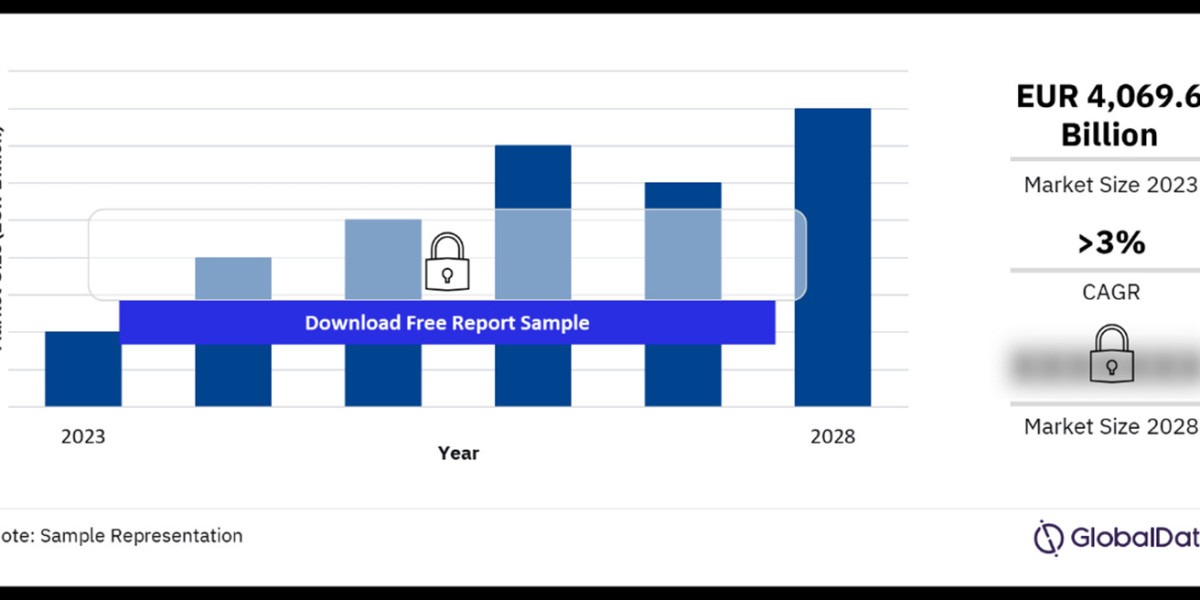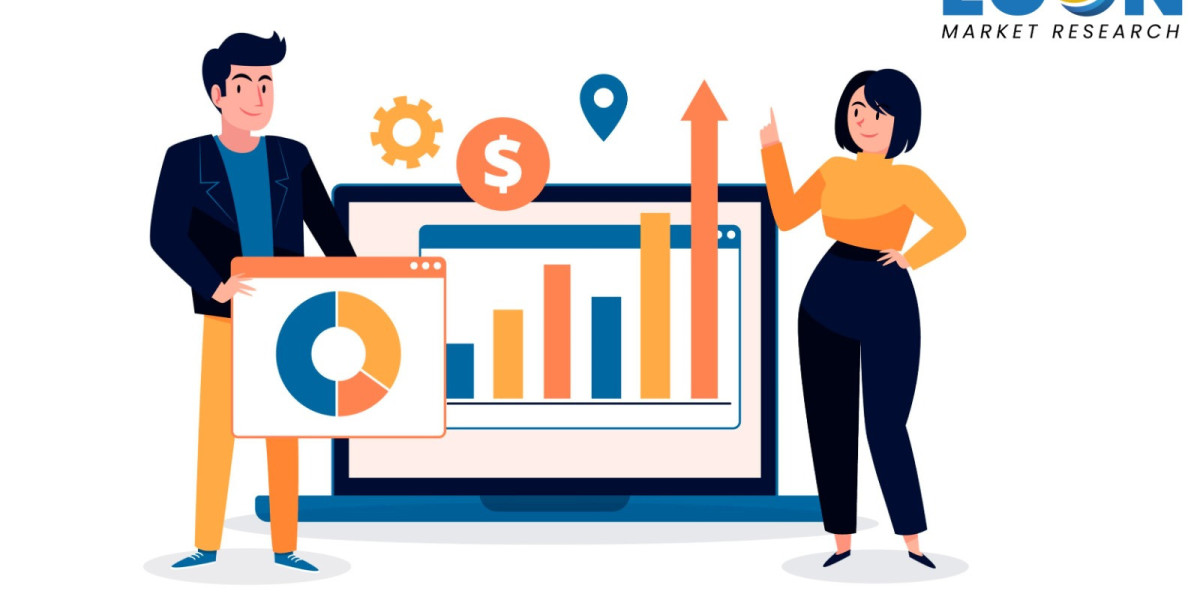Traditional Powerhouses and the Rise of E-commerce
Brick-and-mortar stores have long been the cornerstone of European retail. Familiar names like Louis Vuitton and Nestle hold a strong presence [2]. However, the digital age has ushered in a formidable challenger: e-commerce. Online retail has exploded in popularity, with revenue reaching a peak of $645 billion in 2021 [2]. The COVID-19 pandemic undoubtedly accelerated this shift, as consumers turned to online options for safety and convenience.
This rise of e-commerce presents both challenges and opportunities for traditional retailers. The challenge lies in adapting to this new reality, creating a seamless omnichannel experience that blends the physical and digital worlds. Many retailers are embracing this challenge, offering online shopping with convenient in-store pickup or returns.
The Strength of SMEs and the Importance of Sustainability
While large corporations grab headlines, the true backbone of European retail lies in the multitude of SMEs. These smaller businesses make up a whopping 99% of the retail ecosystem [1]. Their diversity and local focus cater to specific needs within communities, ensuring a vibrant and dynamic retail landscape.
Sustainability is another growing concern within European retail. Consumers are increasingly conscious of the environmental impact of their purchases, pushing retailers to adopt greener practices. This includes everything from using sustainable materials in packaging to implementing energy-efficient store designs. While economic uncertainties can pose challenges to such investments, the long-term benefits are undeniable.
Challenges and Opportunities in a Changing Landscape
The European retail market is not without its hurdles. The COVID-19 pandemic's lingering effects, the war in Ukraine, and the resulting energy crisis all contribute to economic uncertainty. Inflation is on the rise, impacting consumer purchasing power. These factors can lead to business closures and a more cautious approach to growth.
However, amidst these challenges, lie opportunities. The European Union recognizes the importance of a thriving retail sector and offers support programs for SMEs. Additionally, the growing focus on sustainability presents a chance for retailers to differentiate themselves and cater to a more environmentally conscious consumer base.
Looking Ahead: A Market in Transformation
The European retail market is constantly evolving. While traditional brick-and-mortar stores will continue to play a significant role, their success hinges on embracing the digital revolution. E-commerce will undoubtedly continue its upward trajectory, demanding innovation and adaptation from retailers. The future belongs to those who can create a seamless omnichannel experience, cater to the needs of a sustainability-conscious consumer, and navigate a complex economic landscape. The European retail market, though facing challenges, is poised for continued growth and transformation, remaining a vital force in the European economy.
Buy the Full Report for More Insights into the Europe Retail Market Forecast



